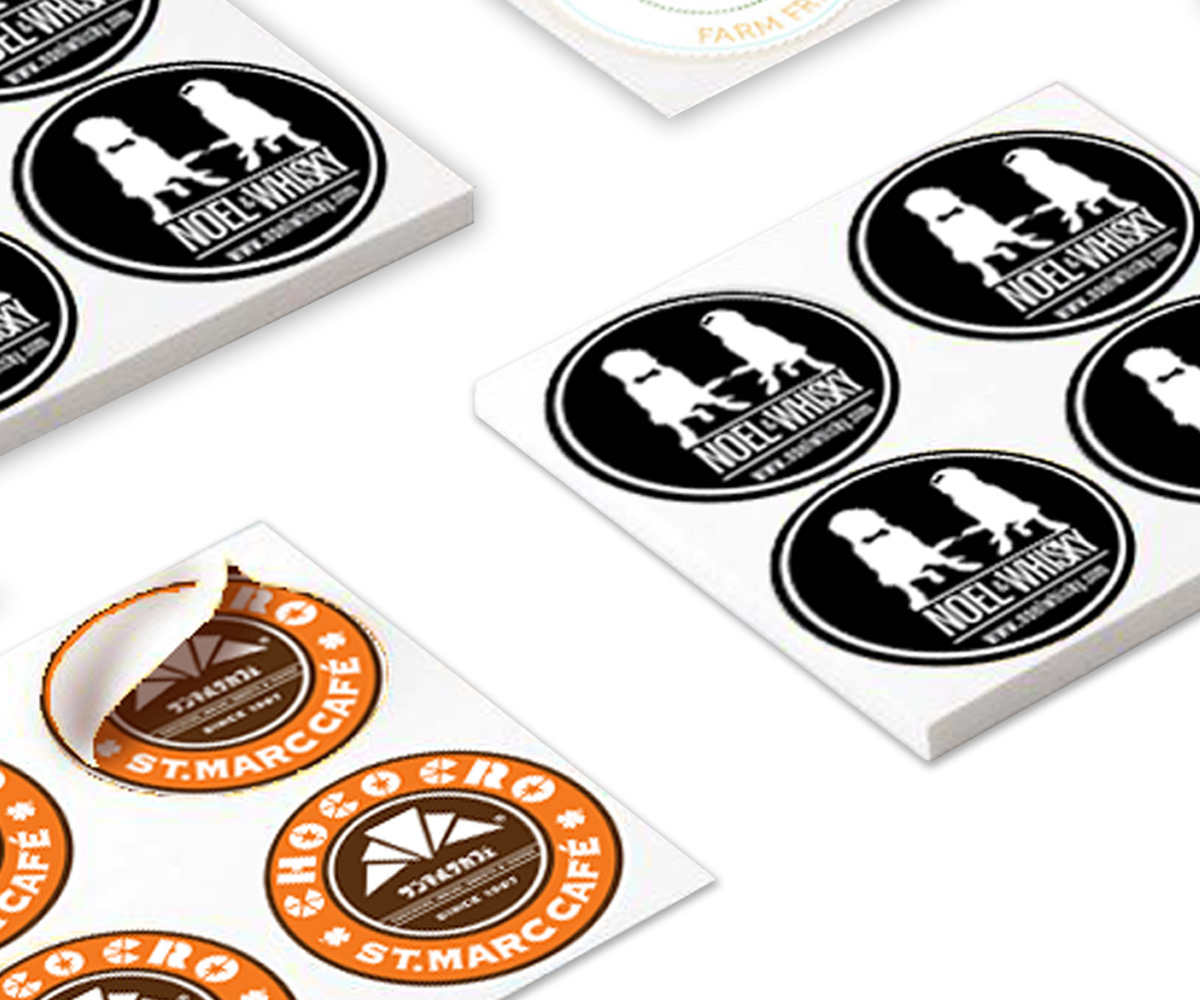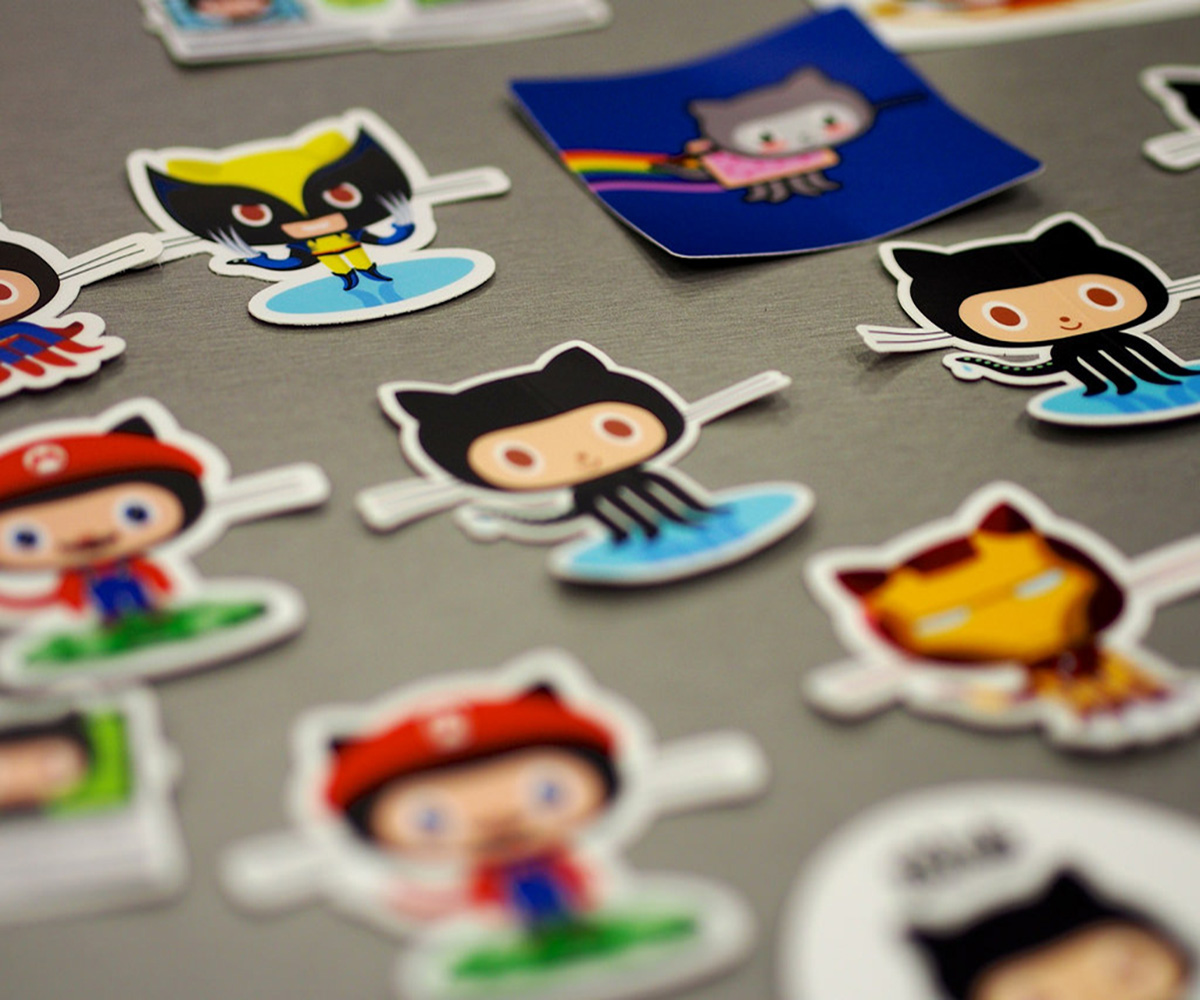The Fascinating History of Stickers: From Ancient Egypt to Modern Branding
Stickers are everywhere — on product packaging, laptops, car bumpers, storefront windows, and even as part of fashion trends. But few people stop to wonder: where did stickers come from, and how did they become such a powerful tool for both expression and marketing?
In this article, we’ll explore the surprising history of stickers, tracing their journey from ancient civilizations to the multi-billion-dollar industry they represent today.
Ancient Beginnings: Labels Before Stickers
The concept of “sticking” something to identify, decorate, or promote is not new. Historians believe the first versions of stickers were used in ancient Egypt, where merchants created paper-based tags to advertise prices and identify products in markets. Archaeological evidence also suggests that early civilizations used papyrus labels affixed with paste to keep track of goods.
While these primitive versions lacked the glossy finishes and adhesives of modern stickers, they served the same essential purpose: communication through labelling.
In this article, we’ll explore the surprising history of stickers, tracing their journey from ancient civilizations to the multi-billion-dollar industry they represent today.
The 1800s: Birth of the Modern Stickers
Fast forward to the 19th century, and we see the first real emergence of stickers as we know them today. European merchants began experimenting with gum paste and paper labels to mark fruit crates, postage and packages.
Around this time, advances in printing technology made it possible to mass-produce labels with vibrant colours, giving rise to both decorative and commercial uses. This laid the foundation for stickers as a marketing tool — especially in retail and shipping industries.
The 1930s: The Sticker Revolution
The modern adhesive sticker was invented in the 1930s by R. Stanton Avery — the same Avery who would later found Avery Dennison Corporation, one of the world’s largest label and adhesive companies.
Avery developed a self-adhesive label using a machine he built in his garage, which combined a sticky backing with peelable paper. His invention was revolutionary because it made stickers easy to produce, apply, and remove without messy paste or glue.
This innovation transformed stickers from niche labels into an everyday tool for businesses and consumers alike.
Post-War Popularity: Stickers as Culture
In the 1950s and 60s, stickers started appearing beyond product labels. They became a cultural symbol:
• Bumper stickers exploded in popularity, letting drivers broadcast everything from political views to vacation destinations.
• Kids’ stickers and collectibles became a booming industry, from cartoon characters to sports logos.
• Businesses realized stickers were not just practical — they were mini billboards people would willingly display.
This era cemented stickers as both a marketing medium and a cultural expression.
Stickers Today: Endless Applications
Today, stickers are more versatile than ever. With digital printing and advanced materials, they can be water resistant, tearproof metallic, mirrorkote, eco-friendly woodfree or Kraft, PP stickers or transparent PP.
Modern stickers play roles in:
• Branding and packaging – giving products a professional, eye-catching finish.
• Marketing campaigns – as giveaways, street marketing, or loyalty rewards.
• Personal expression – decorating laptops, phone cases, and personal items.
• Education and organization – used in schools, offices, and homes.
The sticker has evolved from a simple label to a powerful communication tool that blends design, technology, and creativity.
Online platforms like TommyPrint have made it easier than ever to design, customize, and order stickers. From stand-up pouches with branded labels to promotional decals and event giveaways, stickers have become versatile tools for businesses in Singapore and beyond.
Why Stickers Still Matter
Despite the rise of digital marketing, stickers continue to thrive. They are tangible, shareable, and cost-effective, making them an ideal choice for businesses looking to build brand awareness.
In fact, a well-designed sticker can travel far beyond its point of origin — turning customers into brand ambassadors as they display them on personal items or in public spaces.
Final Thoughts
From ancient papyrus tags in Egyptian markets to high-tech vinyl stickers on today’s laptops, the history of stickers is a testament to how something simple can have a lasting cultural and commercial impact.
Stickers are more than just decoration — they’re a form of storytelling, identity, and connection.



